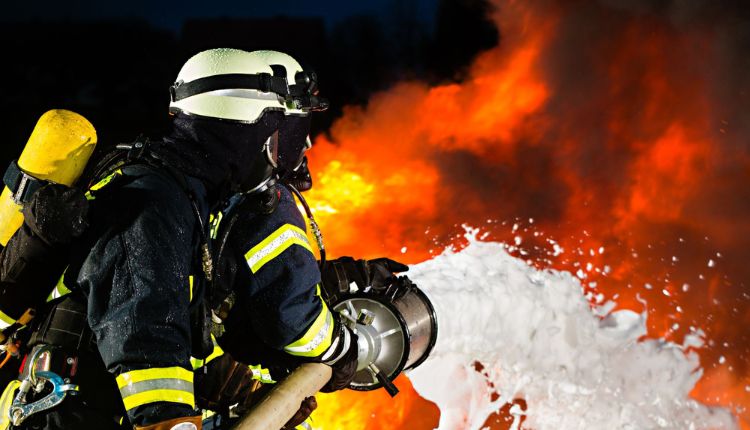When to Use a Fire Foam Law
Many people are still ignorant of several crucial facts regarding fire safety, despite government efforts to increase awareness of this issue. For instance, the majority of people are aware of what fire foam is, but when asked what foam is, they are likely to respond with a lot of “I don’t know.” Fire foam Aqueous Film Forming Foam, commonly known as foams, are essential component of firefighting law equipment that can produce a smothering layer of foam over the flames, reducing the oxygen supply that fire needs to survive.
Through the evaporation of the water content in the foam, this extinguishing agent can cool the flames by penetrating through porous materials.
Firefighting Law
This kind of Firefighting Foam Lawsuit is mainly used to put out Class B fires, which are those that started because of combustible liquids like gasoline, oils, or solvents. This is especially important for companies that use these compounds. Keep this foam in the garage or any other room where you keep or utilize chemicals at home. This can be used to fight Class A fires in addition to Class B fires (paper, wood, clothing and other similar materials). Finally, these foams are good at putting out electrical fires. You should be aware that this substance can severely harm electrical equipment, though.
You should be aware of the deciding variables that will assist you in deciding whether to escape or fight, in addition to understanding the proper class that foam is intended to put out. One, only use this apparatus while the fire is still small and just starting. Simply leave the area as soon as possible if it is spreading quickly. You should also be facing an exit so that you may still get out swiftly if the fire goes out of control. Last but not least, if you are not knowledgeable or qualified in using foam, do not try to utilize it. If you don’t know how to use it properly, even if you have the right type, you risk getting hurt.
Effective
Despite the fact that Firefighting Foam Lawsuit is very effective, there are a few drawbacks you should be aware of. Using this for Class C fires or those brought on by flammable gases is risky, to start with. Instead, use a powder fire foam. Additionally, because this foam is very heavy, choosing a model with wheels or a trolley will make it simpler to move it to the location. Additionally, it includes fluoro tensides, which the body may collect. However, as there are no studies to date that can demonstrate its harmful effects on the body, this shouldn’t be a cause for concern.
One of the most crucial pieces of firefighting law gear that can successfully put out flames brought on by combustible substances is foam. Only use foam to put out a fire if you know how to do so, if you can get to an exit, and if the flames are contained and not currently spreading.
Challenging Task
Terminating an employee is one of the most challenging tasks for any manager or business owner. The constant danger of lawsuits for wrongful termination makes this already challenging duty even more challenging. Anti-discrimination statutes are frequently invoked in termination claims, despite the fact that many places have “Right-To-Work” legislation that permit businesses to fire employees.
Knowing how to dismiss employees properly is essential for safeguarding yourself and your business since it will help you avoid getting caught up in court for terminating an employee. Your choices will be able to withstand any legal scrutiny once you perform these actions.
Create Company Policies
Establishing corporate policy regarding the expectations of employees of your firm is the first step you should do to learn how to terminate people safely and prevent any future lawsuits. You should talk about things like workplace harassment, dress requirements, customer service, absenteeism, and regulations regarding appropriate employee conduct.
You must make sure that each employee obtains a copy of these policies once they have been put in writing. Every new hire should receive it as part of their welcome package. Make sure that each employee has received the policy if you already have staff. Obtaining the employees’ signatures on a paper confirming that they have received and read the company policies is another smart practice.
Have Written Procedures for Termination
Your personnel policies should address a number of specific topics, including how to terminate an employee. Some policy infractions will result in various disciplinary actions before the individual is fired, while others will be grounds for immediate termination of employment.
Conclusion
Many companies have a three-strikes rule. The employee receives a verbal warning for the first offense, a written warning for the second offense, and possibly some unpaid time off as well. The third offense will result in job termination. When issuing a warning, you must be clear about the infraction, the actions the employee must do to prevent additional reprimand, and the next stage of the termination process.



